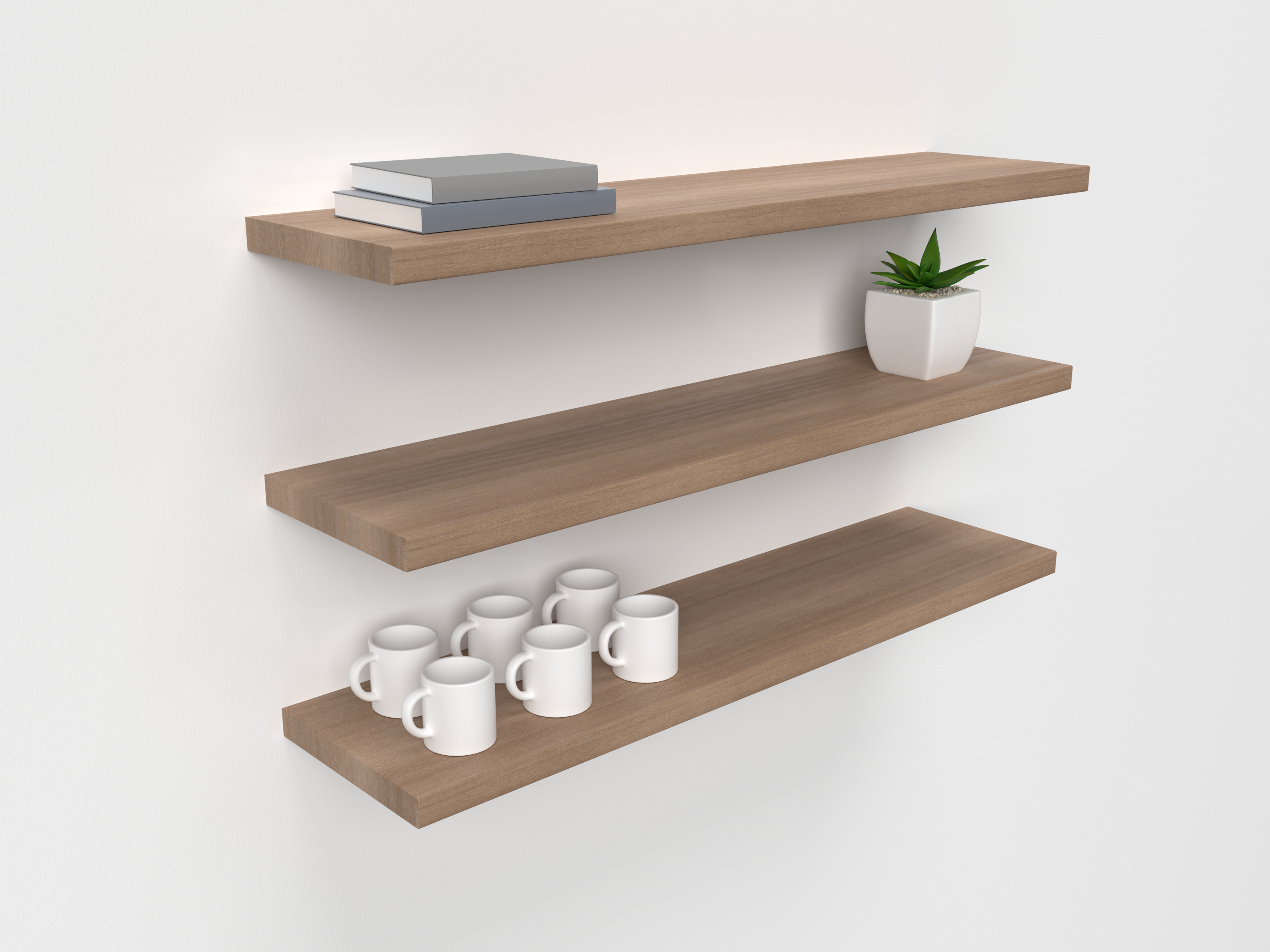

.
The most specified bath accessories brand in the mid to high-end hospitality industry is a U.S.-based company whose inaugural product was a wall fastener and installation system providing superior structural support for grab bars. Over the last decade, WingIts has diversified to offer a broad range of streamlined bath and safety accessories—from towel bars to robe hooks, shower rods to wall shelves—primarily rendered of reclaimed 18-8 stainless steel. The brand’s attentiveness to health and wellness extends from end-user safety to the environmental impact of its product and manufacturing process. WingIts' secret sauce—besides a perfect marriage of patented engineering and exquisite craftsmanship—is that founder Sal Sisto and team have made an art form of listening to customers’ challenges, leveraging them as opportunities to deliver thoughtful, innovative, next-level solutions.
MindClick sat with Sisto to hear more about the brand’s products, mission, and environmental bona fides.

Twenty-five years ago, I developed a patented technology to fasten grab bars to walls. From fasteners, we expanded into manufacturing the grab bars themselves. About a decade ago, two of our biggest hospitality clients approached us separately but with the same request, desiring grab bars that looked more like bath accessories. So I thought, What if I design grab bars that look like bath accessories—and bath accessories that are as strong as grab bars?
I grew up in the commercial construction world, so I knew what brands were most frequently specified and what products held up best, and I learned from their example. Especially in hospitality, a product has to be extremely well crafted. If you want to make something that lasts forever, stainless steel is a no-brainer: the material is inert, easy to clean, resistant to chemicals, and can be used anywhere, indoors and out.

Q. Let’s geek out about stainless steel. What are the characteristics—and advantages—of the 18-8 variety you use in your products?
It has a high nickel content—8%—and a high chromium content. The chromium creates the trademark shininess, while the semiprecious nickel provides stabilization and imbues that slightly golden tone. Other stainless-steel hybrids don't have the same degree of stability. All the factories we work with have to verify and certify that they are using 18-8 stainless steel. Certification is vital: the material is only as good as the reputation of the company that says it’s 18-8 stainless. Many factories, especially in places that don’t have the same environmental standards as the U.S. and the E.U., make stuff out of inferior metals with chrome plating.
Another benefit of stainless steel is that it’s 100% recyclable and can be used over and over again. We use reclaimed metal and recycle all the scraps from our own stamping process. In fact, stainless steel is behind only aluminum in terms of postconsumer recycling; the demand for scrap is very high for 18-8 stainless steel because the nickel is so expensive.
Q. Your other offerings incorporate earth-minded materials like tempered glass and structural wood. Is it more challenging to address environmentalism when designing items such as shower seats that incorporate nylon sheathing or Phenolic?
A shower seat has to hold up to weight load and directional forces, so we use stainless steel for the structure. And that’s why the seat itself has to be very beefy. We are currently investing in alternative materials within which we’ll be able to hide most of the structure. It’s a slow evolution. You have to change it at the speed the market will accept.
Q. What types of finishes do you offer?
We use beeswax to polish the stainless steel to a true mirror finish, so there’s nothing dangerous, and no VOCs. We also offer a satin finish. But 18-8 is also the only metal stable and hard enough to be directly PVD-coated. From an environmental standpoint, PVD—a micron-thick deposition of metals achieved by way of vaporization—is preferable to chrome, which involves an oxidation process: it’s a chemical compound that doesn't stabilize, so it off-gasses over time.
We also offer many bath accessories with a polyester-fiber paint finish. It can be used indoors or out and withstands salt and chemicals and scratches. We get our paint from a big international supplier that has to satiate E.U. and CARB environmental standards, and they’ve engineered the powder so it essentially evaporates before it can become a toxin.
We develop all our products with input from leading hospitality designers. They want products that are easy for housekeeping to clean quickly, that don’t have a lot of nooks and crannies and crevices that collect grime. For senior living facilities, users need to be able to glide their hand across the bars, so they need to be smooth, without steps or sharp edges. Everything we’ve developed has been around that concept, so the result is inherently sleek and contemporary.
The design of one product emerged from a request to integrate a smartphone holder atop a toilet paper holder. I said, “Well if I’m going to do that, why don’t I put a towel bar/grab bar block behind it, so you can lift yourself up?” Accessibility and universal design have been important to WingIts since our inception. Many products were developed to address the hospitality industry’s concerns about the location of certain bath accessories, the inference from consumers being they could use those accessories to pull themselves up. So we just designed things you could pull up on; it’s not a grab bar or an accessory, it’s a structural item.
Our product has a very long life. It stays on the wall forever, it never falls apart, it doesn’t deteriorate, it looks exactly like it did 10 years ago. Designing a product that never needs replacement probably wasn’t the best business model for us—but it is best for the earth.
